#the ethical spectacle (duncombe)
Explore tagged Tumblr posts
Text
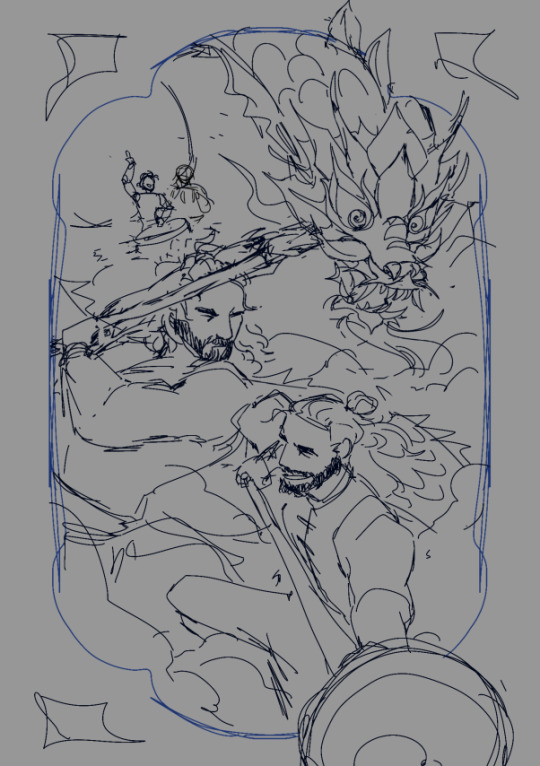
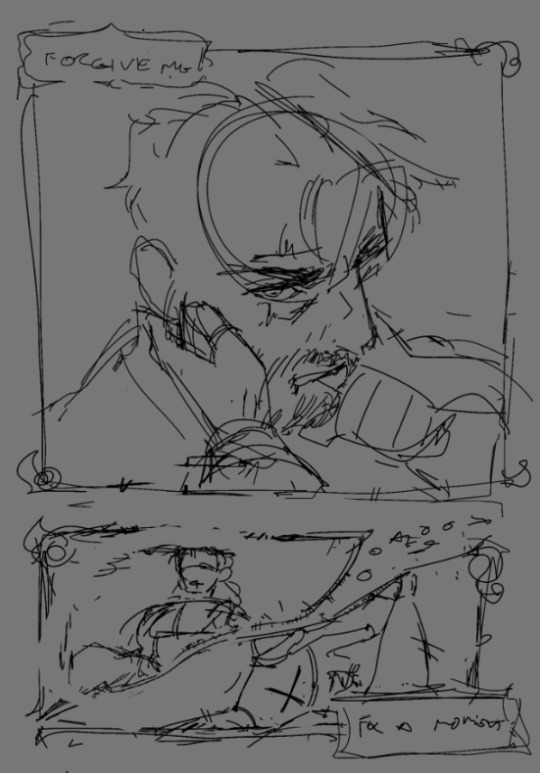


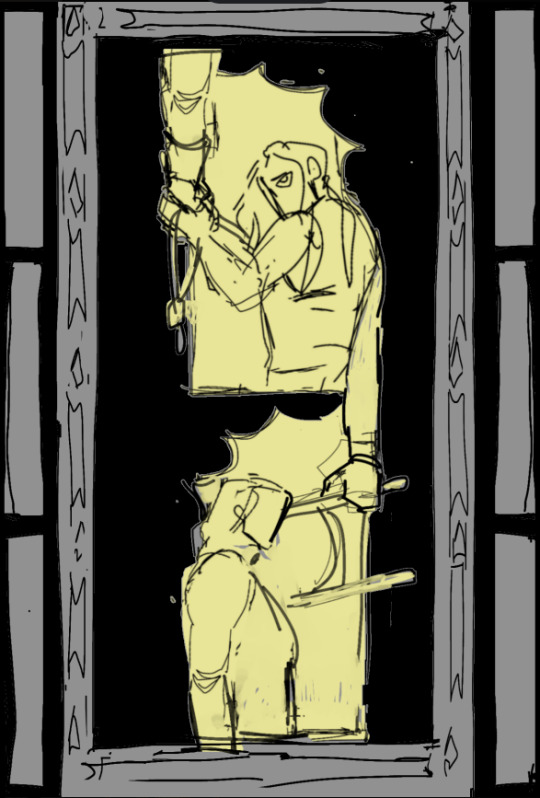


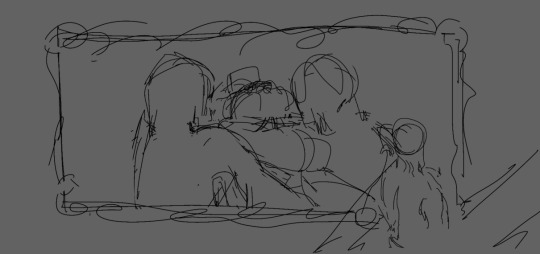
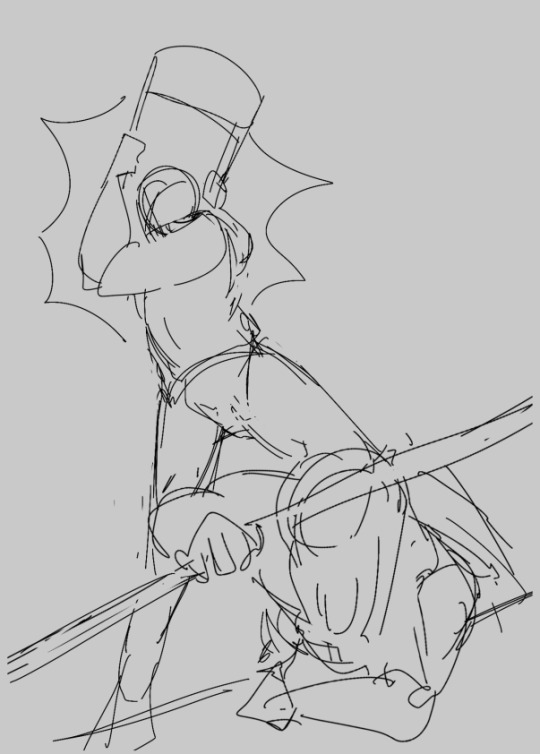


the first sketch from a few wrestling pieces i've posted... just going to throw these out to the void in case anybody finds it helpful :') i keep meaning to talk through my process bc people have asked but i think the technical stuff is like. learnable anywhere LOL chef from ratatouille voice anyone can cook!
i will say once i started drawing to convey single shot narratives/tableaus/metaphors rather than just static characters or scenes i improved greatly; take inspiration from Everything perhaps it will save ur life!! i never got genuine art block in almost 5 years
#trash.wip#idk if this is helpful if anybody still cares but... i love when people make art i hope we all keep making art#i put a LOT of myself into my fanart but simultaneously none of myself. u understand#also off the top of my head influences for some of these:#verdi's reqiuem#the ethical spectacle (duncombe)#catastrophist (wrenn)#the scarlet pimpernel#judas iscariot and the others (andreyev)#mythologies (barthes); specifically world of wrestling#revolutionary girl utena and ib (game)#pomegranates i saw in supermarket LOL#illuminated manuscripts/architecture standard fare inspo
35 notes
·
View notes
Quote
The people who participate in the performance of the spectacle must also contribute to its construction. As opposed to the spectacles of commercialism and fascism, the public in an ethical spectacle is not considered a stage prop, but a co-producer and co-director.
Stephen Duncombe, Dream - Re-imagining progressive politics in an age of fantasy, 2007
0 notes
Text
Reflections (T): culture jamming & detournement
Source (1): Beautiful Trouble on ethical spectacle
“An ethical spectacle should strive to be:
- Participatory. Seeking to empower participants and spectators alike, with organizers acting as facilitators.;
- Open. Responsive and adaptive to shifting contexts and the ideas of participants;
- Transparent. Engaging the imagination of spectators with out seeking to trick or deceive;
- Realistic. Using fantasy to illuminate and dramatize real-world power dynamics and social relations that otherwise tend to remain hidden in plain sight;
- Utopian. Celebrating the impossible — and therefore helping to make the impossible possible.”
“The truth does not reveal itself by virtue of being the truth: it must be told, and told well. It must have stories woven around it, works of art made about it; it must be communicated in new and compelling ways that can be passed from person to person, even if this requires flights of fancy and new mythologies. The argument here is not for a progressive movement that deceives or cheapens its message but rather for a propaganda of the truth.”
Source (2): the art of SI pinterest collection
“There is no Situationist art, only Situationist uses of art”
“they advocated experiences of life alternative to those admitted by advanced capitalism, for the fulfillment of human desires. For this purpose they suggested and experimented with the “construction of situations,” (hence the name situationist) – namely, the setting up of environments favorable for the fulfillment of such desires. The creation of such an environment was sometimes done through Détournement.”
“In A User’s Guide, Guy Debord and Gil Wolman succinctly define the two most common forms of détournement and four rules for guiding its creation...” [Debord, Guy, Gil Wolmen, and Ken Knabb. “A User’s Guide to Détournement.” Les Lèvres Nues 8 (1956)]
“Through the use of détournement, situationists sought to show that the powers that be can never fully recuperate created meanings as well as expose and draw attention to the spectacle that pervades our lives. By doing this they hoped they could bring about a proletarian revolution that would result in people doing activities for the sheer joy it brings them, rather than capitalist interests.”
As Peter Wollen notes, “their [S.I.’s] contribution to the revolutionary uprising was remembered mainly through the diffusion and spontaneous expression of situationist ideas and slogans, in graffiti and in posters… as well as in serried assaults on the routines of everyday life” [Wollen, Peter. “Situationist International.” New Left Review 174 (1989): 67-93]
Source (3): Tate on activist performances
“Situationist International grew out of avant-garde artistic movements like Dada, Surrealism and Lettrism, and began as an artistic movement with a rigorous theoretical and left-wing political basis which aimed to bring about a revolutionary union of everyday life and political engagement, through play and freedom, rather than what they saw as the acquiescent acceptance of mainstream consumer culture.”
Source (4): Duncombe (2012)
Situationists saw it as their mission to fight against “the society of the spectacle”, but they also felt a responsibility to set something else in motion to replace it. “We must try and construct situations”, their master theorist Guy Debord wrote in 1957.. (Duncombe, 2012)
The situationists encouraged people to derive – drift through unfamiliar city streets – and they showed mass culture films after ‘detourning’ the dialogue, dubbing the actor’s lines to comment upon the film being shown and the commercial culture from which it came.. (Duncombe, 2012)
The ideal of the ‘situation’ was to set the stage for ‘transformative action’.. (Duncombe, 2012)
Source (5): Beautiful Trouble on culture jamming
“In addition to its instrumental, critical function, détournement has an important humanistic function. Détournement can be used to disrupt the flow of the media spectacle and, ultimately, to rob it of its power. Advertisements start to feel less like battering rams of consumerism and more like the raw materials for art and critical reflection. Advertising firms may still generate much of culture’s raw content, but through détournement and related culture jamming tactics, we can reclaim a bit of autonomy from the mass-mediated hall of mirrors that we live in, and find artful ways to talk back to the spectacle and use its artifacts to amplify our own voices.”
0 notes